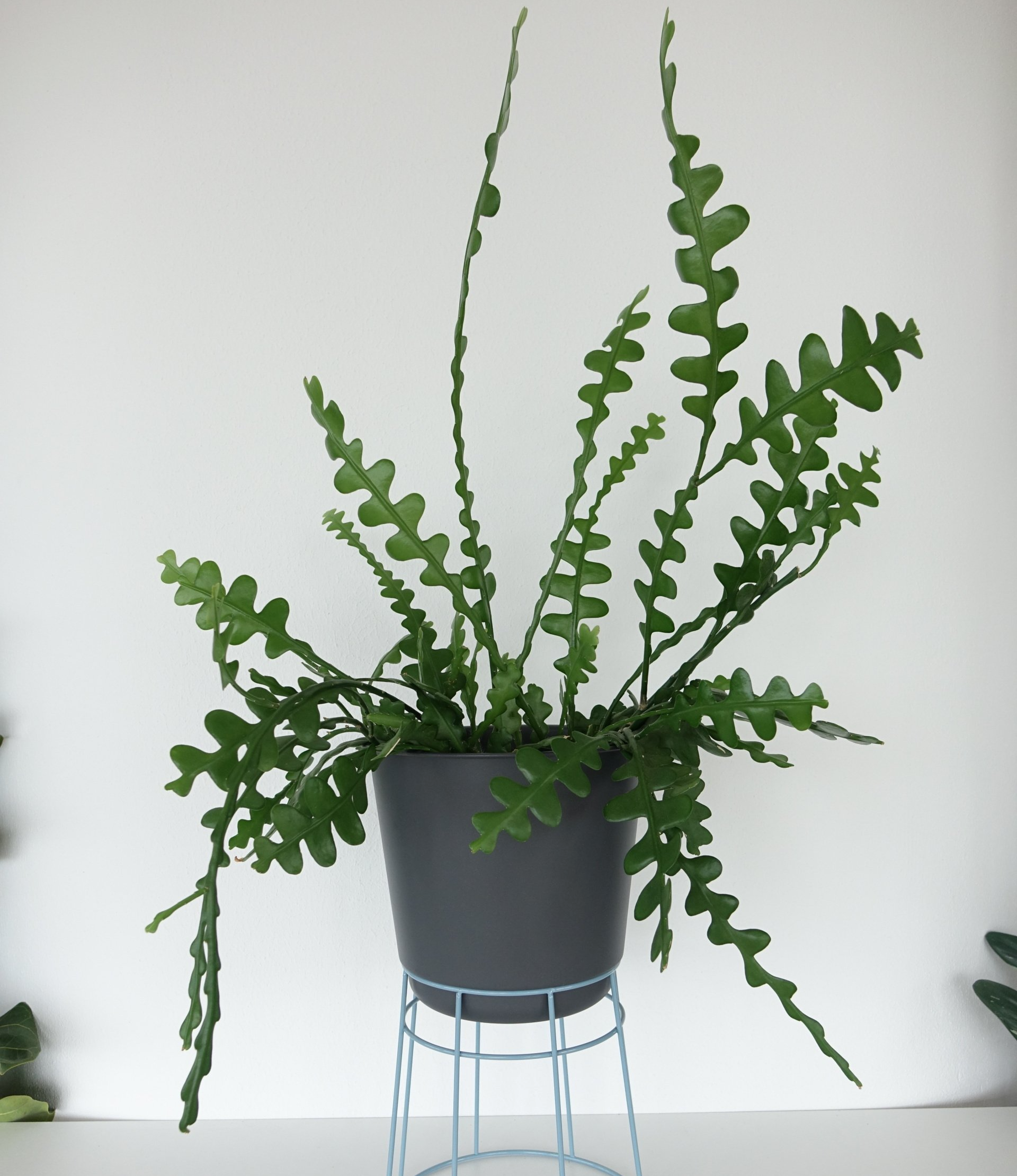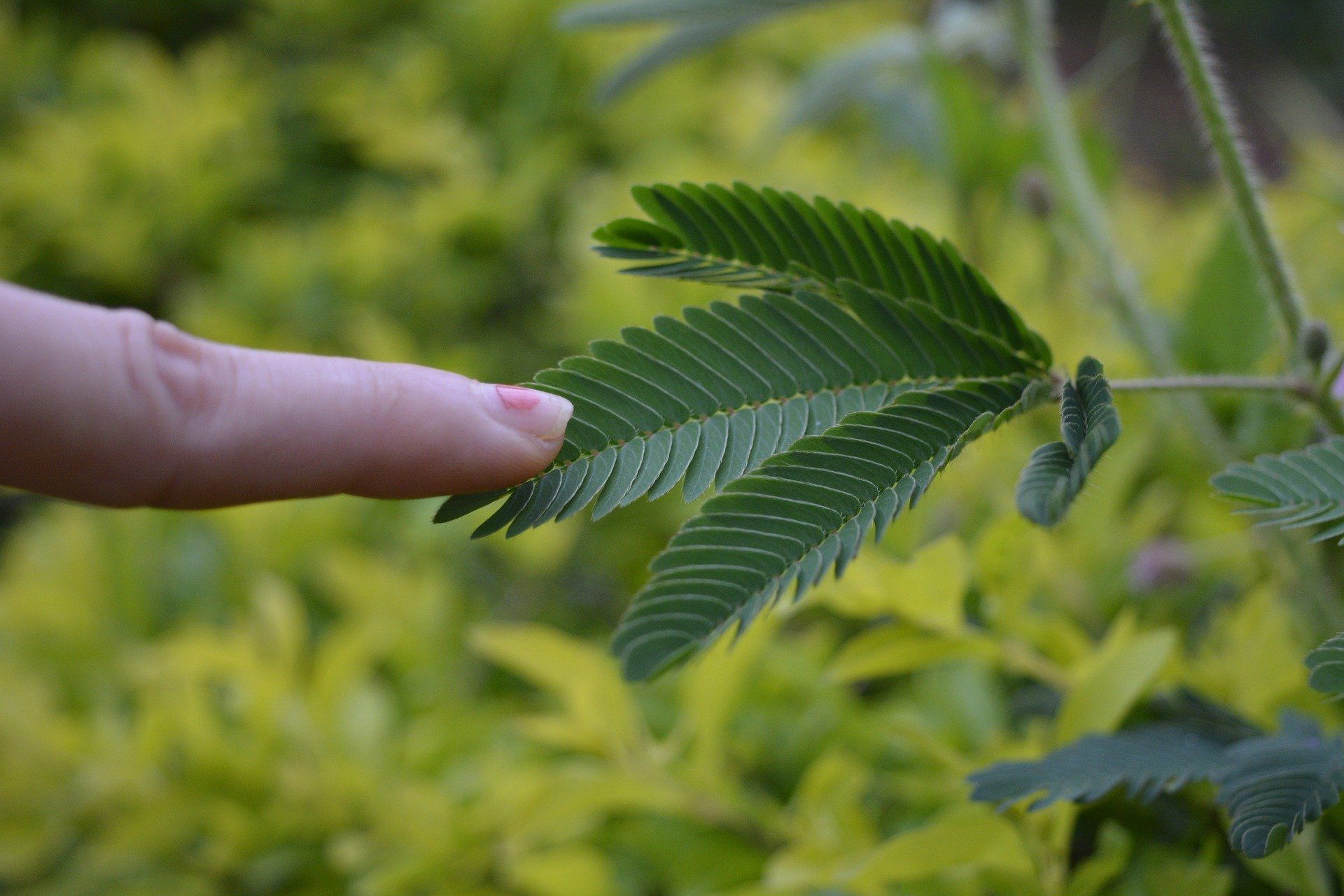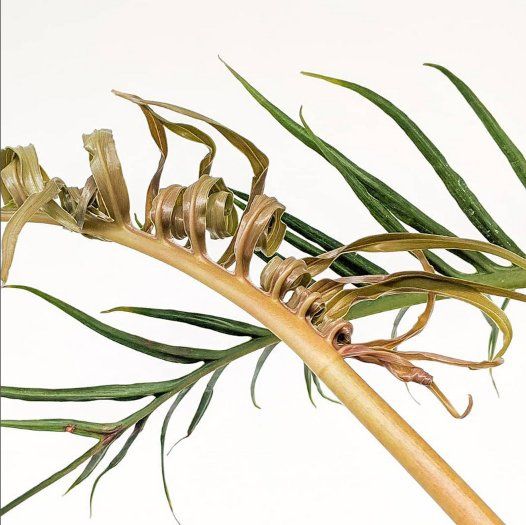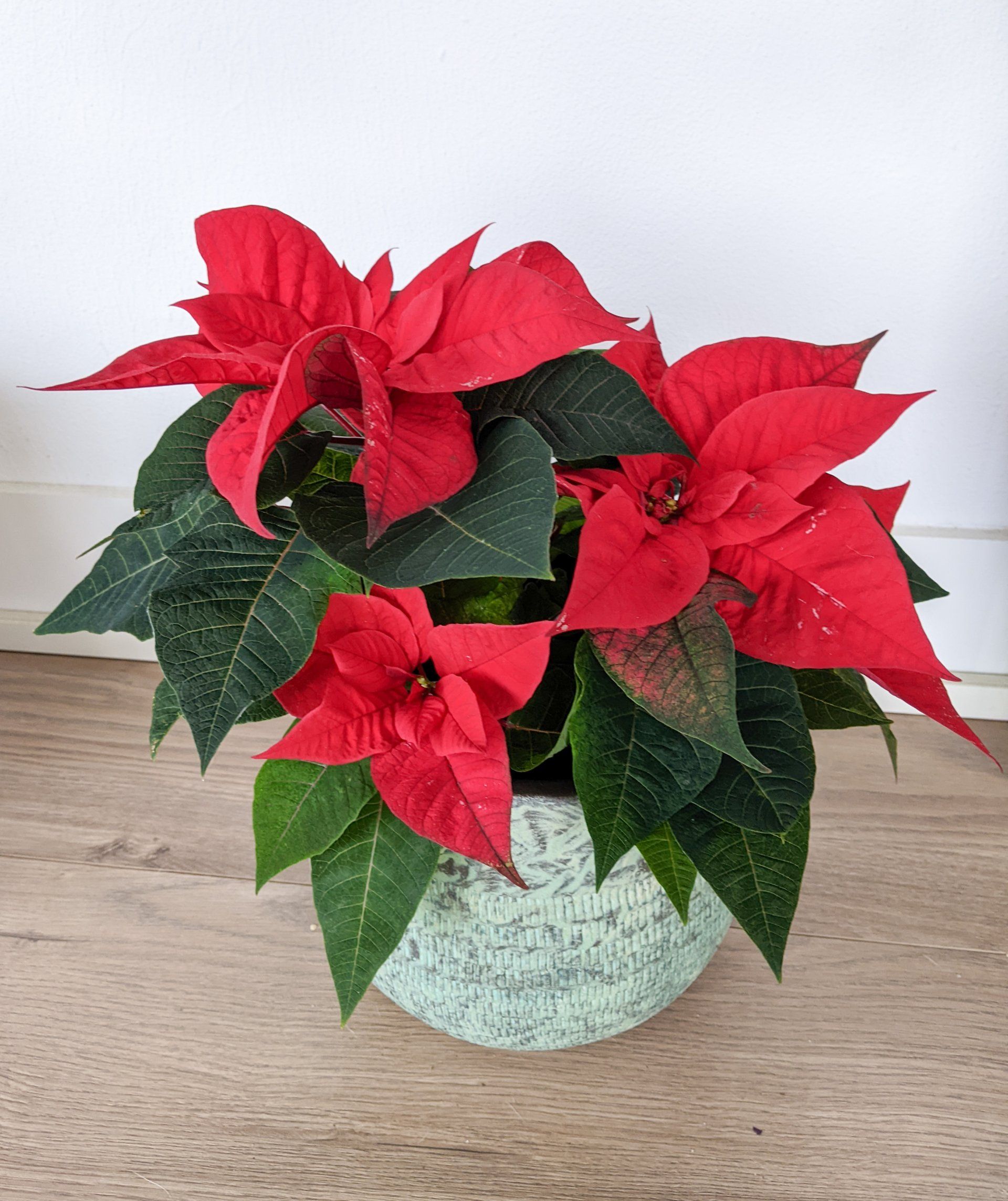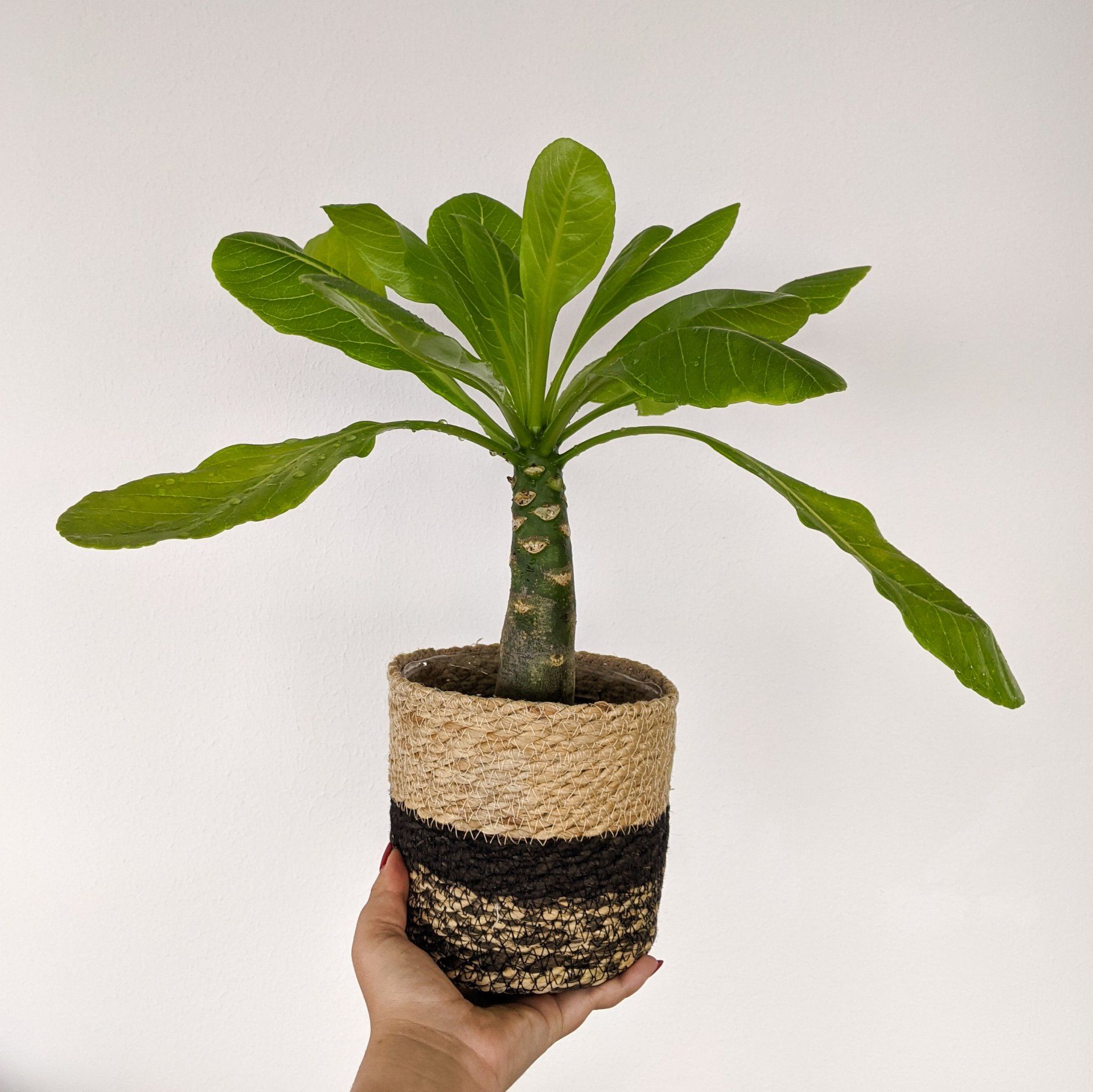555-555-5555
mijnmail@mailservice.com
Bees for NewBees
Bees for NewBees
[Would you like to help the bees? Consider donating on my platform!]
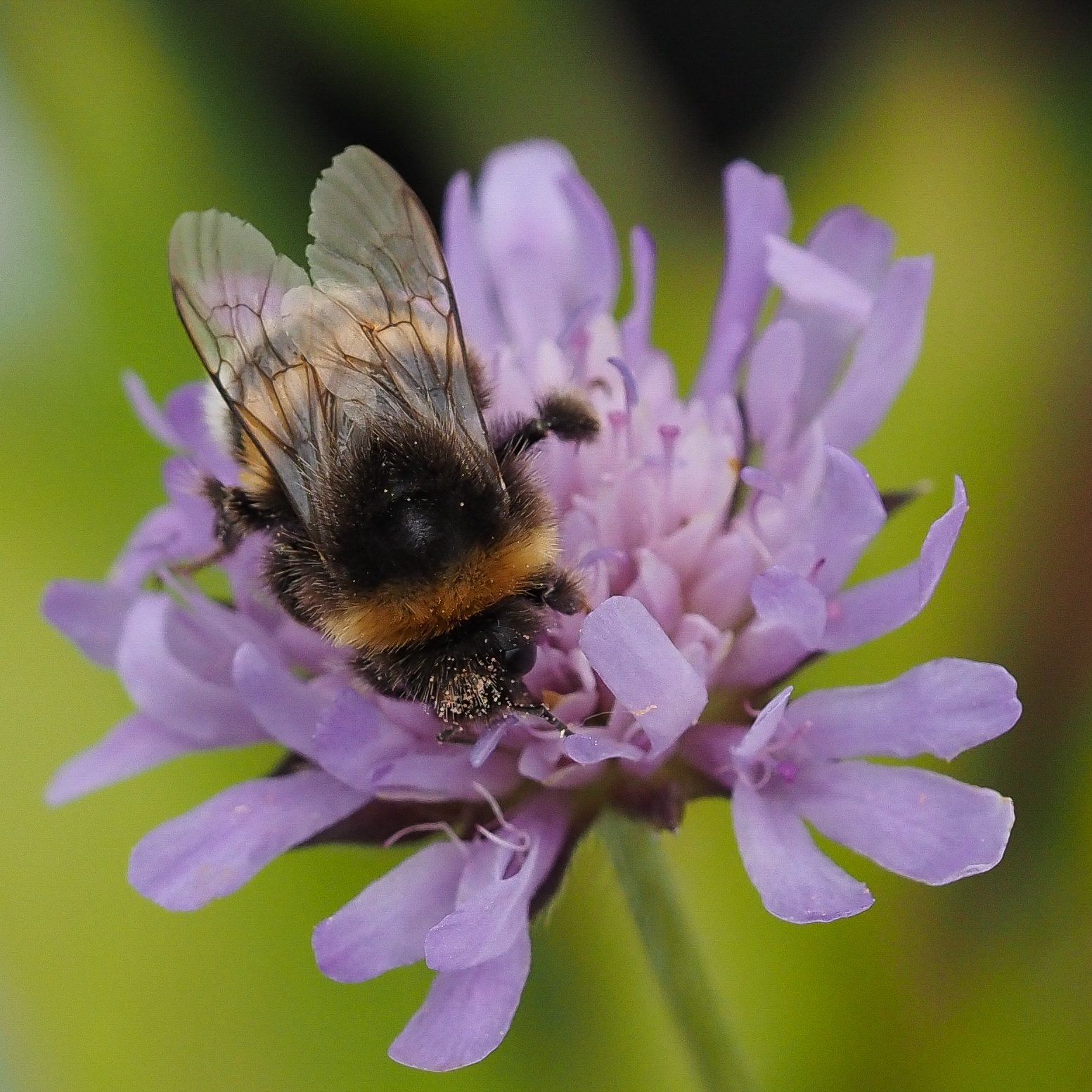
Titel dia
Buff-tailed bumblebee
Knop
The start
Until a few years ago my knowledge of bees was:
- Bees make honey
- There is a queen with worker bees
- Bees pollinate flowers
- Nectar. Something about nectar
Are you laughing at such gaps in my animal knowledge? Then stop reading, this article is not for you. However, if you secretly think “Hmm, I don't know much more than this”, then stay focused. I'm going to cover a few things that will open up a whole new world for you.
Honey
First of all: in the Netherlands there is only one bee that makes honey: the Western honey bee. The other THREE HUNDRED FIFTY NINE varieties do not make honey. Say whaaat ?? Yep. Those 359 bees are wild bees. Aren't honeybees wild? No, honey bee colonies are kept by beekeepers. Beekeepers ensure that the hives are always nearby food and if they have a hard time in the winter, beekeepers supply them with sugar water. So they are more like pets than wild bees!
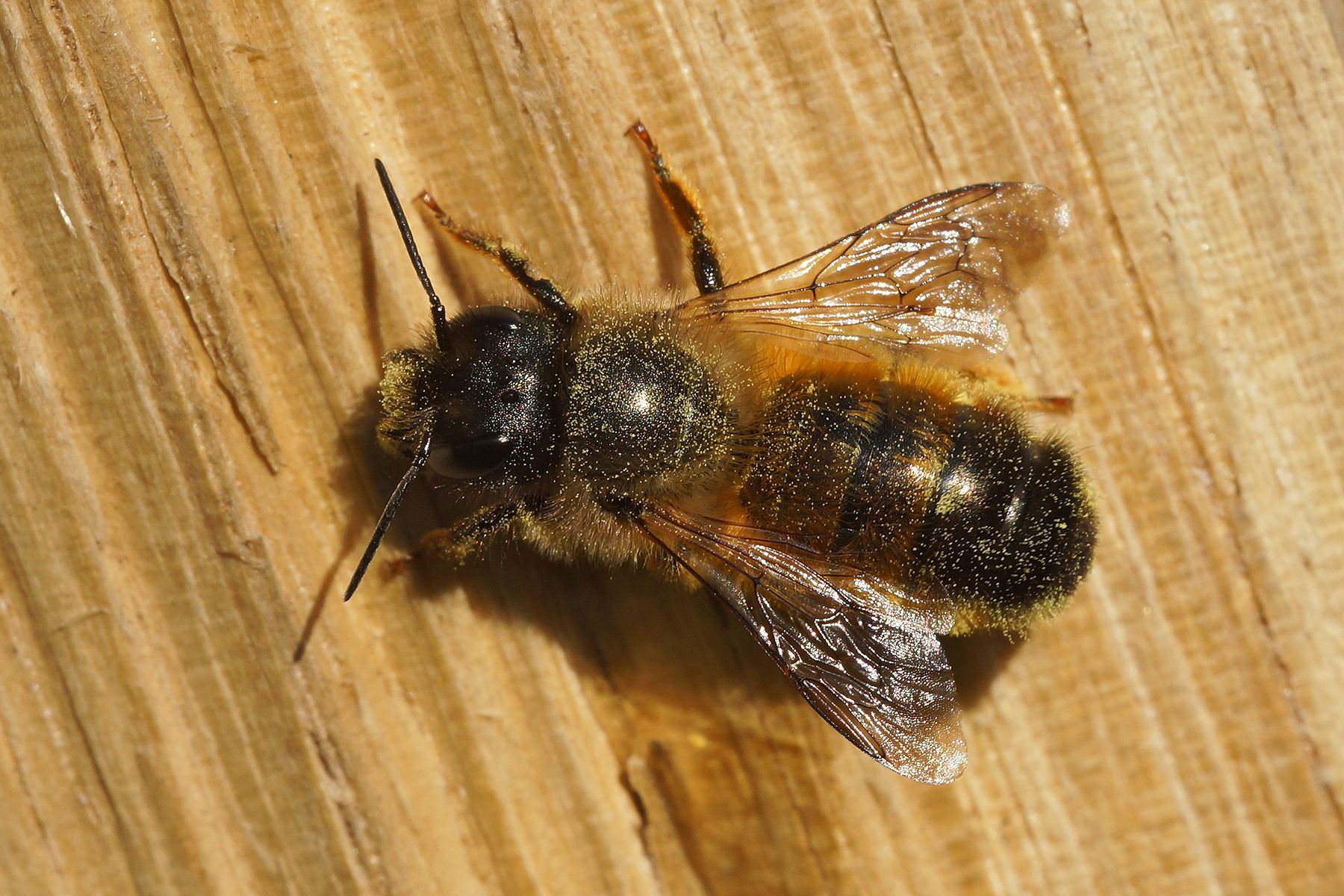
Titel dia
Red mason bee (photo: Jaap Molenaar)
Knop
Together or alone?
Next point: do all bees live in a colony? In a beautiful hive that we see when we google bees? No!! Only honeybees and bumblebees live in colonies. (Oh, about bumblebees: those are bees too. You don't have to wonder about this anymore). In the Netherlands we have 29 species of bumblebees. Bumblebees live in a colony, but do not hibernate as a colony. Honeybees do, which is why they make honey. In the bumblebee world everyone dies in the fall except the new queens ...
A simple calculation: 359 wild bees - 29 bumblebees = 330 solitary bees. A solitary bee builds a nest on its own, lays eggs in it and dies before winter comes. Males are only needed for one thing, as usual.
An overview:
| Wild bees | Wild bees | Pets/"Flying cattle"* |
|---|---|---|
| Bumblebees | Solitary bees | Honey bees |
| 29 | 330 | 1 |
| Live in a colony | Female lives alone in a nest, Males live alone, not in a nest | Live in a colony |
| Only newborn queens hibernate | Only eggs or pops hibernate | Everyone hibernates |
| Don't make honey | Don't make honey | Taken care of by a beekeeper Make honey |
*Quote from NL Bloeit

Titel dia
Plasterer bee (Colletes similis, daviesanus or fodiens)
Knop
Pollen. And something about nectar.
In Dutch, the story of 'the birds and the bees' is actually called 'the flowers and the bees'. Pollen, which comes from the "male" stamens, has to get on the "female" pistil of a flower, so that small flowers can appear. (I have always been puzzled about what the bee represents in this metaphor ...) Does the bee accidentally take that pollen when it visits flowers? No. Pollen is important for bee larvae. It contains proteins necessary for their development. So bees have all kinds of techniques for carrying pollen! Fortunately, the flower produces in abundance and pollen still ends up on the pistils.
Next: nectar. You can find that in many flowers as well. Why? Nectar is a treat for insects, to lure them to the flower. It is a sugar-rich substance that gives insects, and therefore also bees, a lot of energy. Nectar is immediately consumed as food by solitary bees. Bumblebees sometimes stock up in their temporary colony while honeybees turn it into honey.
This was my talk about bees.
Did you like learning about bees? If you know Dutch, considere following the Dutch Bee Conservation on Facebook, Instagram or Twitter.
[Would you like to help the bees? Consider donating on my platform!]
